Podcast: Play in new window | Download | Embed
Events across the country Monday will celebrate Indigenous Peoples Day, instead of the federal holiday commemorating Christopher Columbus.
As we approach the day, we’re taking a look at the project Reimagining Columbus in the City of Columbus, Ohio.
In 2020, the city removed a 20-foot, more than three-ton bronze statue of Columbus at City Hall, which was gift from an Italian city in the 1950s.
The City of Columbus says, among things, the statue represents oppression to many in the community.
Erin Blue is with the city working on the project.
“As the largest city in the United States, maybe the world, named after Christopher Columbus, we felt this was an opportunity for us to dive into the complicated reckoning with the namesake in a way that maybe other cities aren’t.”
Tamarah Begay, founder of Indigenous Design Studio + Arch, is part of the project team helping bring an Indigenous perspective.
“We’ve heard things from the Indigenous communities that their voices are not taken seriously. And we hear that a lot. How do we respect these stories in a way that we can educate people…this history was told from one point of view, but there’s other voices out there that we can move forward with.”
Blue says the project has worked on building an understanding, which includes engaging with those who did not want the statue to come down, including members of the Italian American community.
“We had family workshops, we’ve had nature walks to local Indigenous sites to build that experience with our community members. And so, we’re building understanding and connection, and once people get that is kind of the process, is the point of the project, there’s a different field, there’s different air in the room after that.”
The area where the statue was could be a new statue, artwork, landscape, or building.
Begay says she’s approaching it with an Indigenous lens.
“Connection to the earth, connection to the sky, connection to the two-legged beings, the four-legged beings, the connection to the seasons, the cardinal directions, the infants, the youth, the elderly, really this clockwise thinking aspect of it. What it really tends goes back to this idea of working together, you know, working together in a community aspect.”
The Reimagining Columbus project is expected to have a final design by next spring or summer.
Watch the full Reimagining Columbus conversation

Winnebago adults and children husking corn during the 2024 Indian Corn Harvest. (Courtesy Ho-Chunk, Inc.)
Ho-Chunk Farms’ annual Indian Corn Harvest is reviving and preserving cultural traditions for the Nebraska tribe.
Deborah Van Fleet has more.
Corn from a Winnebago family’s heirloom seeds is grown organically, handpicked, harvested, and processed as closely as possible to the way it was done by the tribe’s ancestors.
Cory Cleveland, Ho-Chunk Farms agriculture business manager, said the Indian Corn Harvest involves several steps and several generations.
He explained that after the corn is picked and husked, it is boiled and blanched for ten to fifteen minutes followed by the “wasgu”.
“Then a lot of our elders like to come and do the ‘wasgu’. And that’s taking off kernel-by-kernel with hand and spoon. This is a time a lot of our elders will share stories with maybe some of their grandchildren that may be helping also. So, it’s a really good time to connect with one another.”
Following the “wasgu”, the corn is dried on screens for two or three days and put in quart-size bags.
Cleveland said the corn is then frozen and typically used in a traditional corn soup.
He says about one-third of this year’s 350 quarts will be distributed to folks who helped with the process.
Much of the remaining corn is reserved for another Winnebago cultural tradition.
“And the rest, at Ho-Chunk Farms, we store it, and we give to tribal members that have passed, to their funerals. On the last day of the funerals, generally, there is a corn soup. We usually give two quarts to the funerals throughout the year.”
Students in Winnebago Public Schools also participate in the Indian Corn Project.
Middle and high school students in the Academy program pick the corn, and after it’s blanched and boiled take it back to school where they “wasgu,” dry and package it.
Even students as young as first through third grade get involved by helping husk.
“The husking is what takes a long time. I mean, if you’ve husked one yourself, you can understand doing probably three or four hundred of those. So, it’s good to have their help. If we can have them say, ‘Hey, Mom and Dad, I went to help with the Indian corn today,’ that is what we’re trying to do with the Indian Corn Project.”
The Indian Corn Project also contributes to the Winnebago tribe’s goal of food sovereignty for its community.
Get National Native News delivered to your inbox daily and stay up-to-date on the 2024 Native Vote. Sign up for our daily newsletter today.

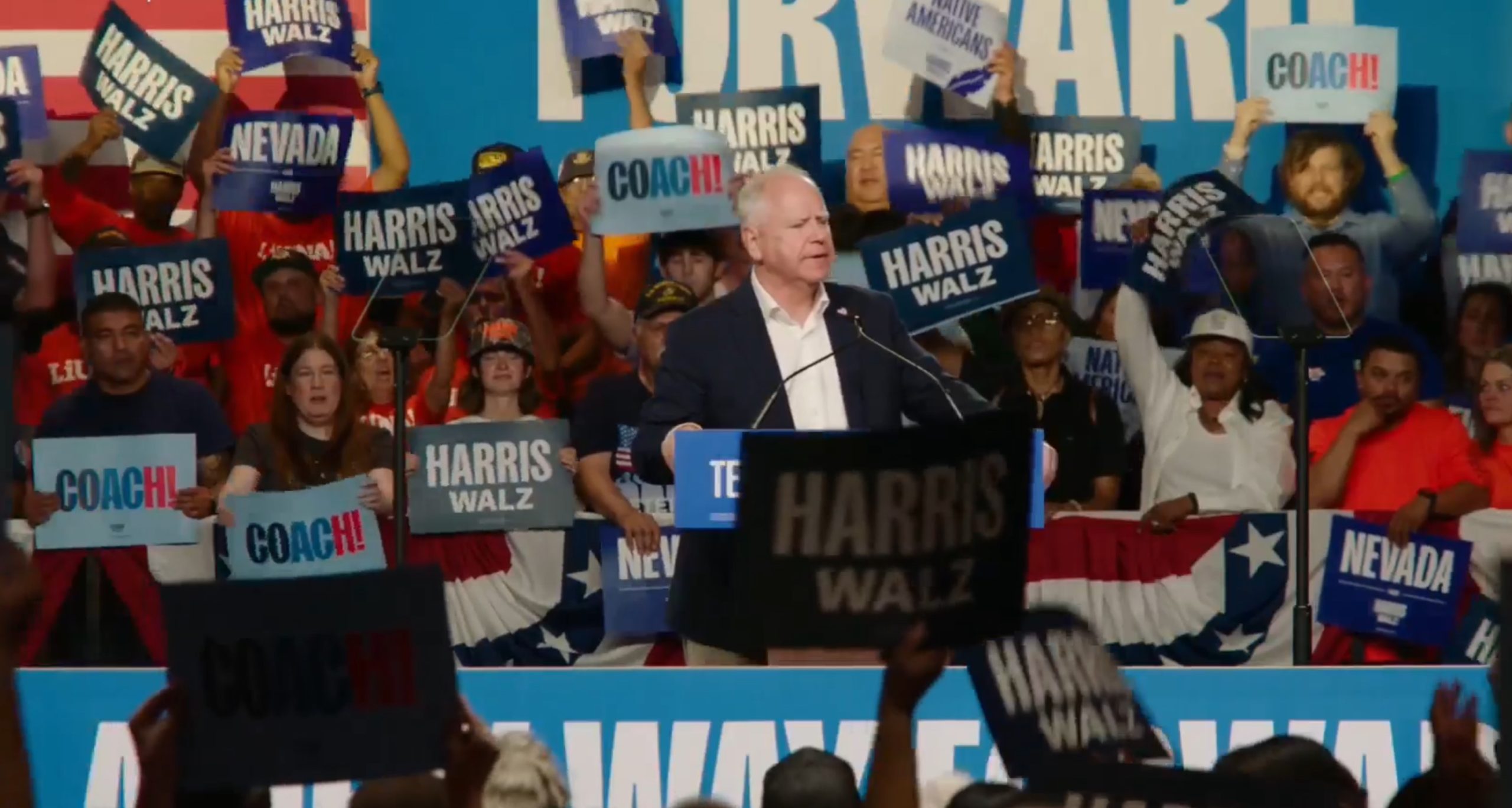
 Julie Kitka (Chugach) became the third Alaska Native leader to be inducted into the National Native American Hall of Fame at a recent ceremony in Oklahoma City.
Julie Kitka (Chugach) became the third Alaska Native leader to be inducted into the National Native American Hall of Fame at a recent ceremony in Oklahoma City.

 Michigan State University (MSU) recently announced a Native American tuition program.
Michigan State University (MSU) recently announced a Native American tuition program.



 The Office of Army Cemeteries has completed its disinterment project over the past month of the remains of students who died at the Carlisle Indian Industrial School in Pennsylvania.
The Office of Army Cemeteries has completed its disinterment project over the past month of the remains of students who died at the Carlisle Indian Industrial School in Pennsylvania.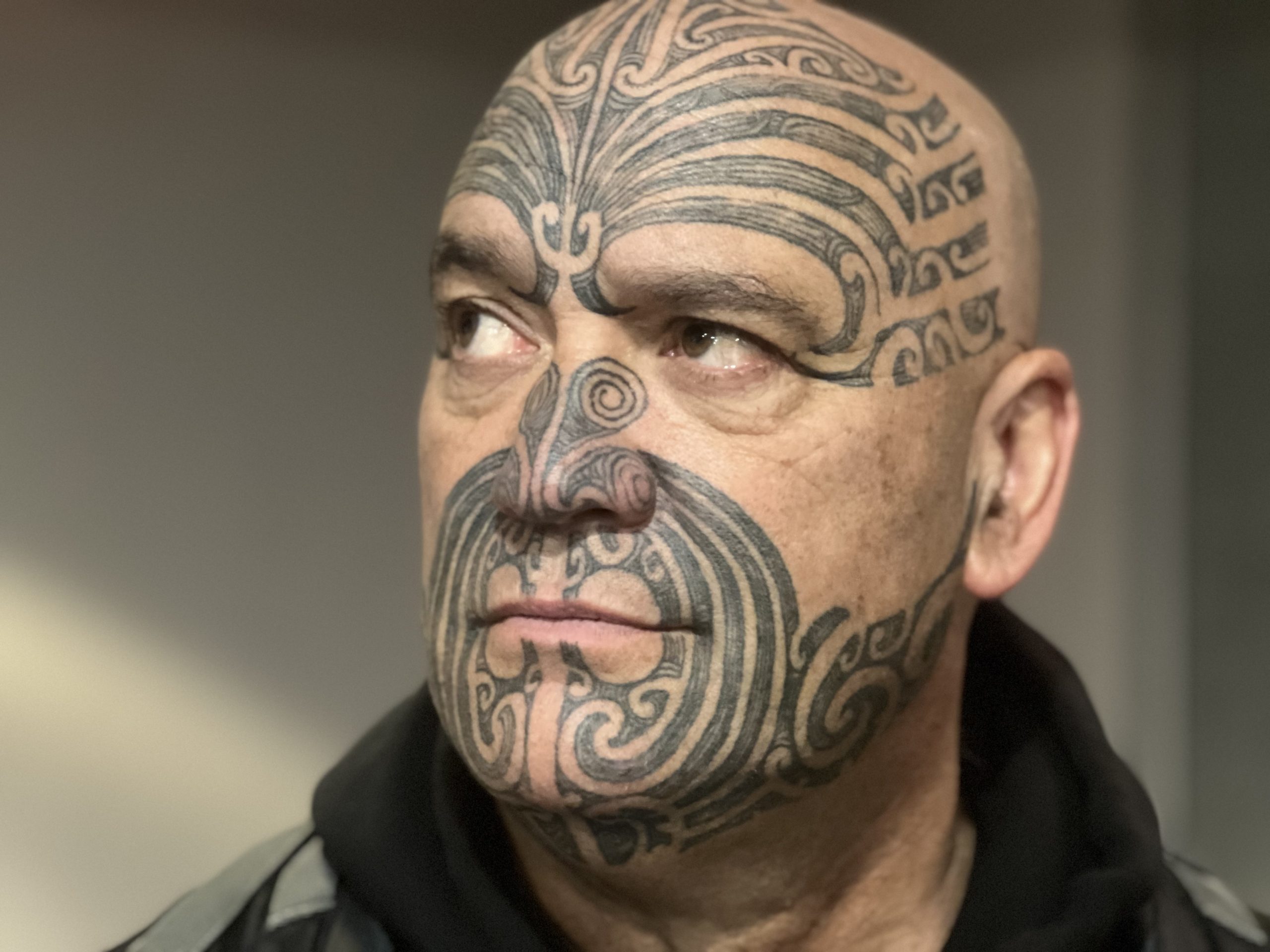
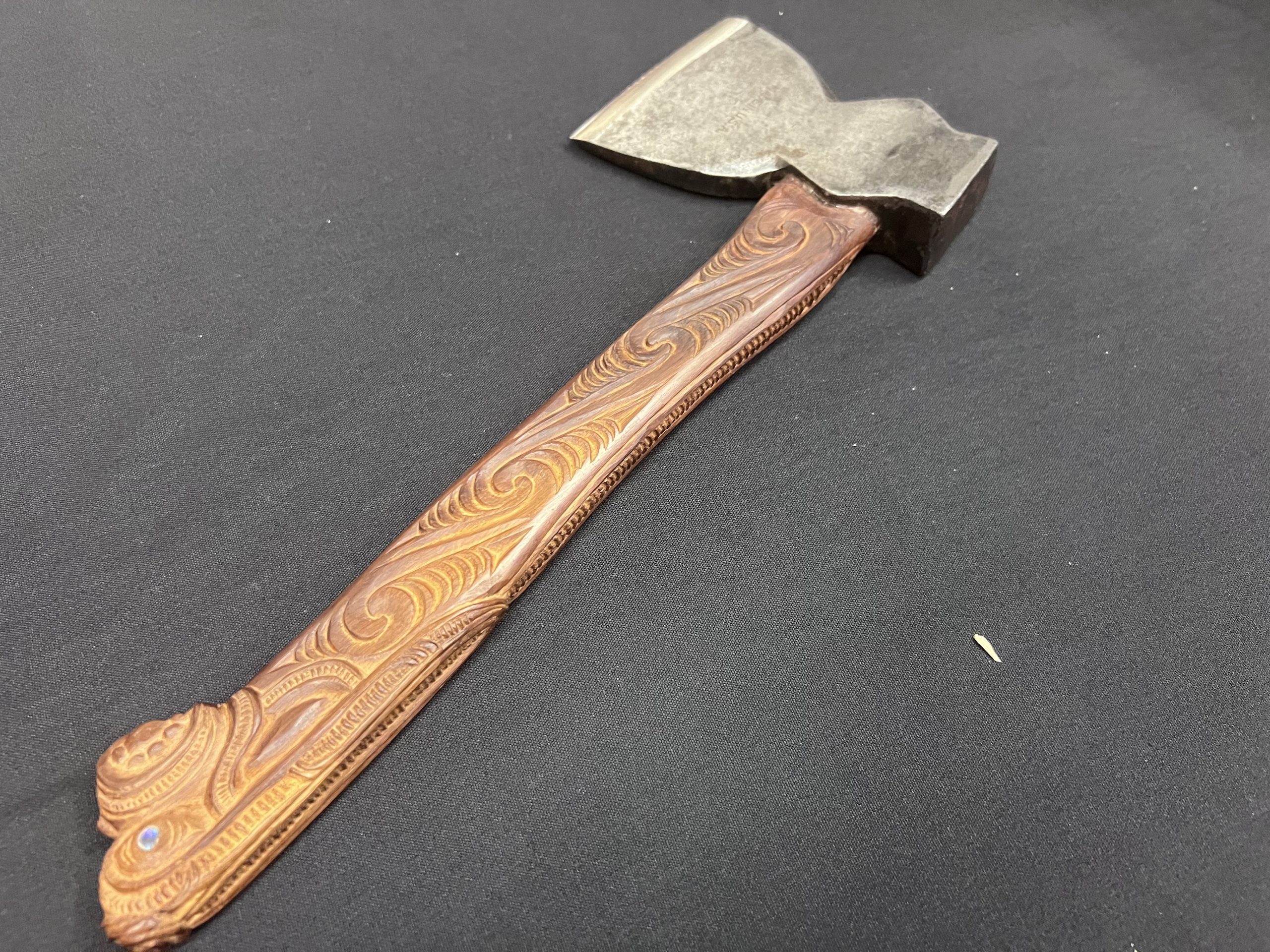
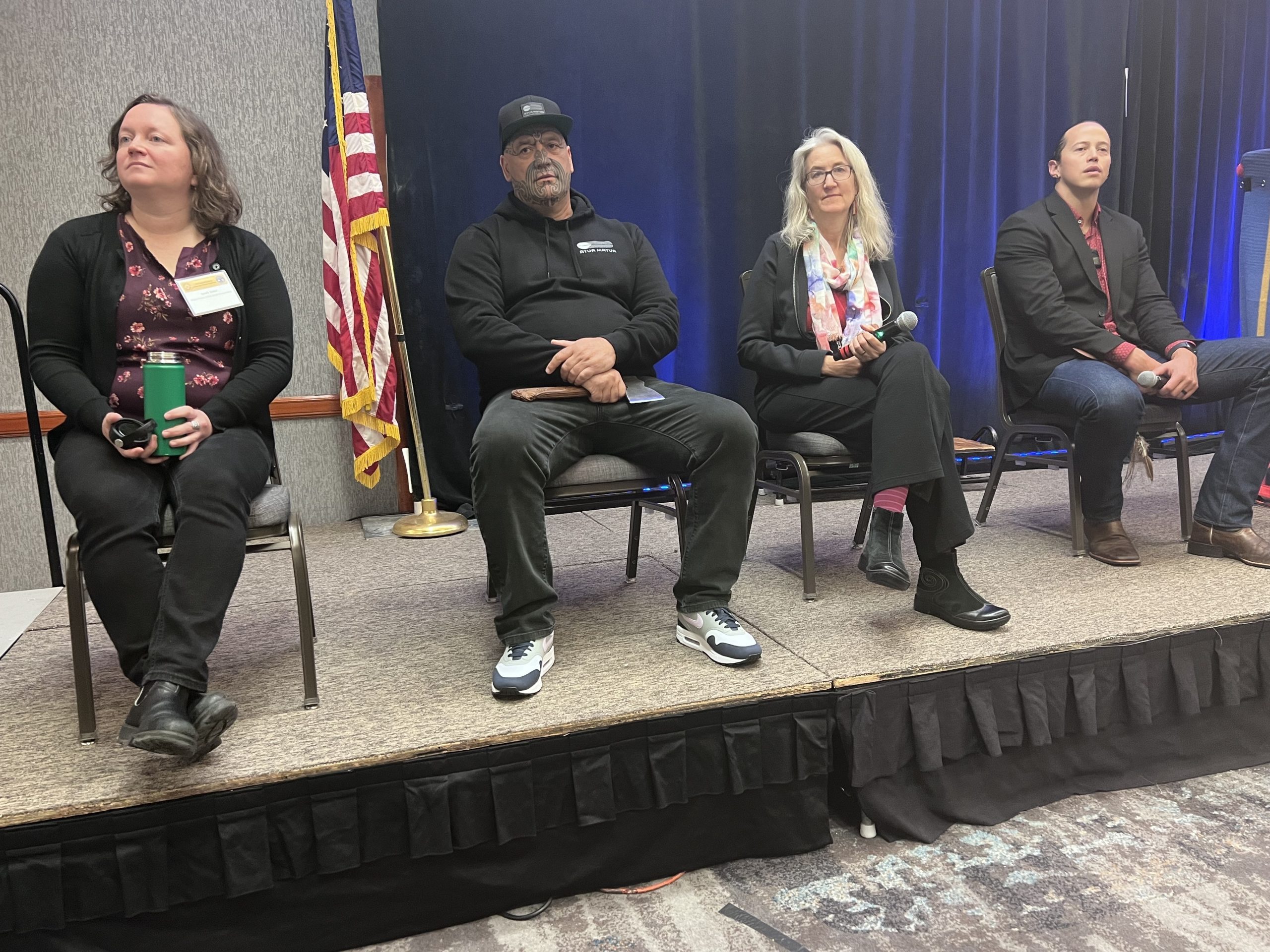

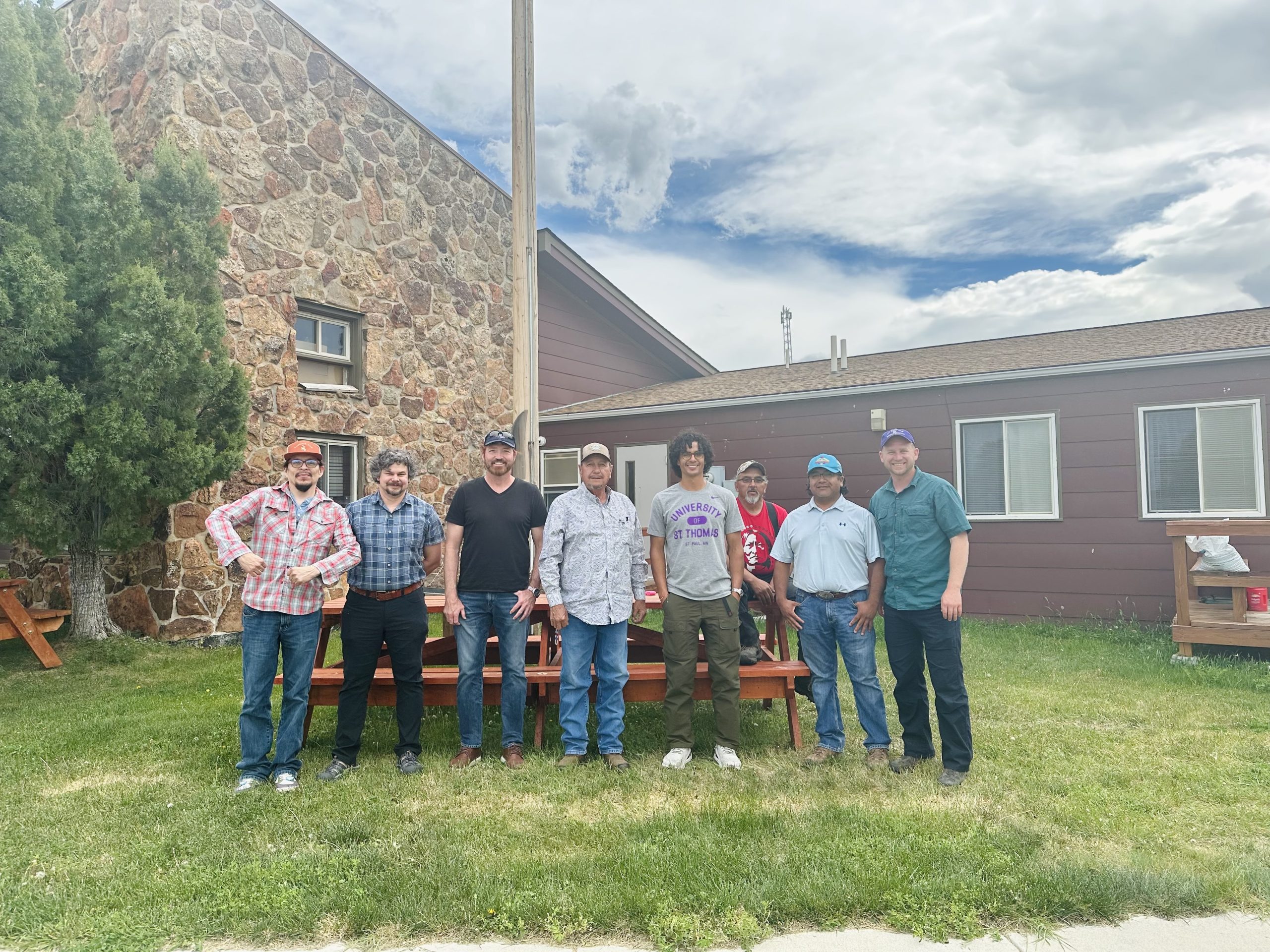





 The alcohol and drug-free event has a unique lineup of bands every year.
The alcohol and drug-free event has a unique lineup of bands every year.